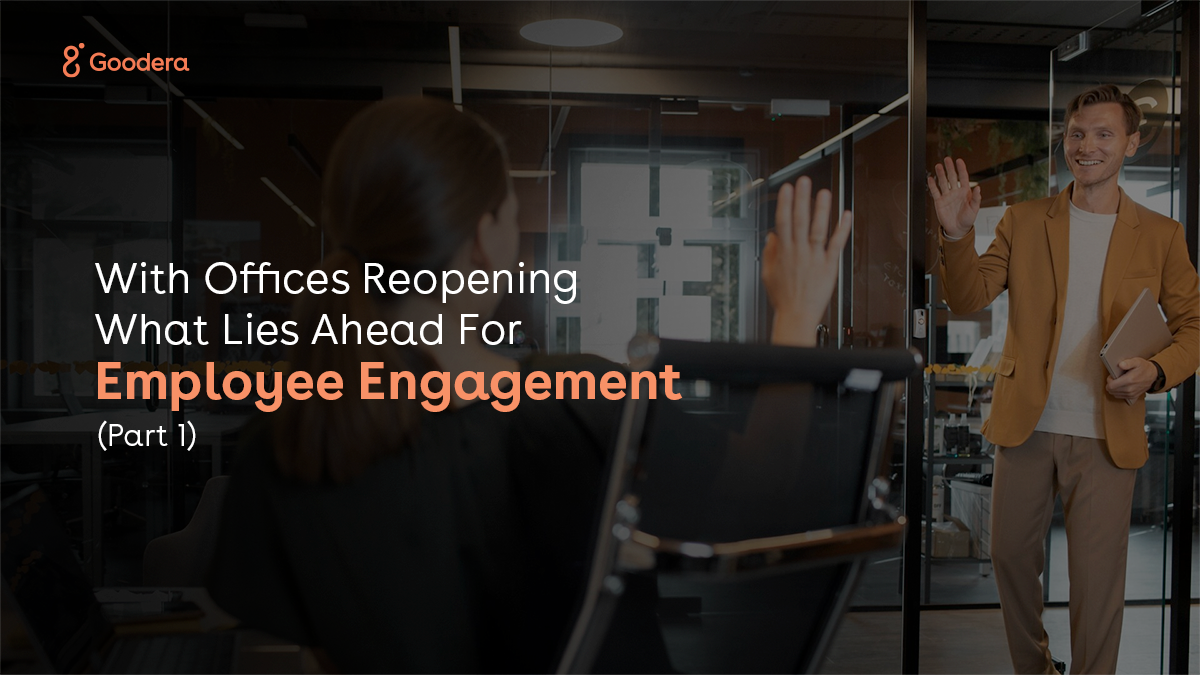The ‘Great Resignation’ saw at least 4 million Americans quit their jobs every month since July 2021. This figure peaked in January with about 4.3 million Americans, or 2.8% of American workers, walking out the door. Again, organizational and individual success models that were relatively static since the post-WWII inception of the knowledge economy were the underlying cause. As a result, they treat employees as resources and not people that need to be engaged. The resulting dehumanization and the record levels of burnout it caused were the driving factors behind this mass attrition.
In the ‘new normal’ era, the changing nature of work has meant that many employees are grappling with a range of mental health issues, including loneliness and the erosion of barriers between work and leisure. While creating cultures where workers can thrive might not be the most straightforward task, it’s among the most critical priorities, given the correlation between perceptions of burnout and retention.
Equipping employees with the tools they need to better cope with burnout can go a long way to alleviate burnout. But the systemic and long-running source of burnout can only be rooted out by crafting new workplace narratives and making work (not just workplaces) better. All of these are direct derivatives of employee engagement.
Using Employee Engagement To Craft A New Narrative:
According to this Gartner study, 68% of employees are rethinking what they want from their careers. Employees care more about meaning in their work, a strong sense of community, and company impact. The lack of these three can lead to a general lack of direction and eventual burnout.
Many leaders know their financial narrative, but too few have thought through the human narratives. Engaging employees through storytelling and crafting a new workplace narrative can break down complex ideas into emotional moments which can mean something to everyone. Crafting a compelling narrative involves sharing stories, telling as well as listening. This makes leaders and managers come across as human and vulnerable while letting employees know that their experiences are valued. This entire process can be broken down into three major steps:
- Gauging employee understanding of critical business decisions (in this case, a return-to-work policy and its effect on employees.)
- Capturing employee feedback and discovering avenues for improvement, some of which might be unknown or ignored.
- Creating stories that, in turn, would be the basis for building a broader workplace narrative in the new normal. This story will govern how the organization views itself and its employees in relation to the preferred working model.
Equipping the Workforce to Better Cope With Burnout
The pandemic has highlighted the lack of high-quality, comprehensive mental health care at work. This deficiency needs to be addressed before employees return to the fold. The fact that employers reported a 50% increase in the use of available mental health resources speaks volumes about the need for such structures.
Organizations need to provide employees with access to convenient, quality, and affordable mental health care to ensure workers are safe, healthy, happy, and productive. Many organizations added or expanded employee assistance programs (EAPs) and services during the pandemic to help employees cope. That need is likely to continue for employees who are transitioning back into the office and those who continue to work remotely.
While investments in comprehensive mental health care benefits can help address increased anxiety and trauma, benefits can only go so far. Letting employees connect with others who have experienced a mental health condition makes them feel psychologically safe at work. Such mental health employee resource groups (MHERGs) have proven to be a key to high performance through employee engagement.
However, there is a caveat, MHERGs need to be a widely accessible resource so that participating doesn’t “out” someone as having a mental health condition and violate any employee rights to privacy.
Making Work Better Through Employee Engagement
Remote work and increased flexibility have made it easier for some individuals to maintain regular preventive mental and physical healthcare. Working remotely may also afford some individuals greater autonomy over their work environments, creating the opportunity to cultivate physical and social settings that promote health and reduce factors that exacerbate symptoms.
However, employees may fear the next chapter of work will mean reduced autonomy and less supportive environments. This is where engagement comes in. Through employee engagement, organizations can prioritize employees’ mental health as part of return-to-work planning and reduce stress and anxiety for their workers. In doing so, employers have the opportunity to contribute to improved mental health in the workforce.
How Goodera Can Help:
As employees return to work, Goodera has curated a range of employee engagement programs and opportunities that go beyond traditional volunteering activities. These opportunities are designed to engage employees by giving them a platform outside of traditional workplace hierarchies. Their aim is to create a sense of community and bonding in the workplace through shared experiences. Shared experiences such as these can form the basis of crafting narratives and evolving workspaces into diverse, collaborative and inclusive structures where employees feel welcome.
Goodera’s upcoming campaigns such as #LoveThyself aimed at Mental Health Month Awareness also give employees the opportunity to focus on their mental health and wellbeing. Through the process of helping their co-workers and the beneficiaries of nonprofits cope with mental health issues, conversations about mental health and burnout become easier. These conversations are the first steps in creating safe spaces that employees can return to post-COVID.
The Great Resignation will always remain a chapter in the history of work. But by understanding, prioritizing, and planning for employees’ post-pandemic mental health through engagement we can keep the ‘Great Burnout’ from becoming the next costly lesson.
In the concluding part of this series, we will examine a few case studies and industry-leading best practices related to engagement and mental health and the lessons we can learn from them. Stay tuned!


